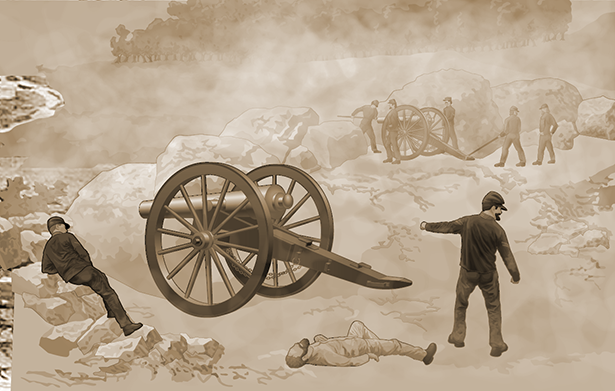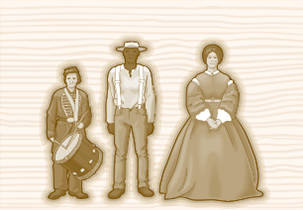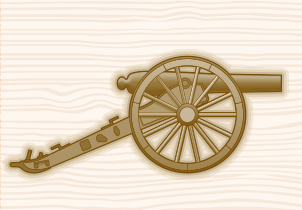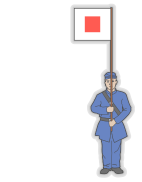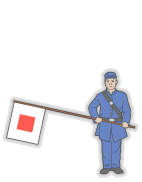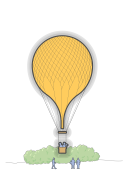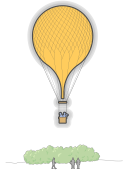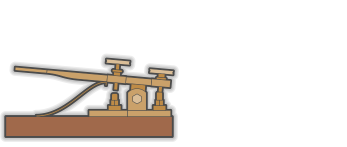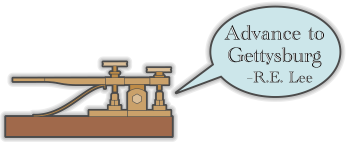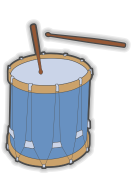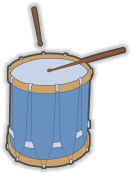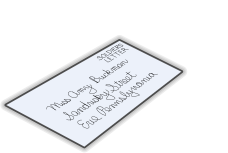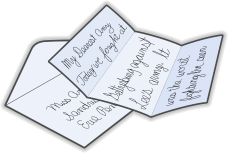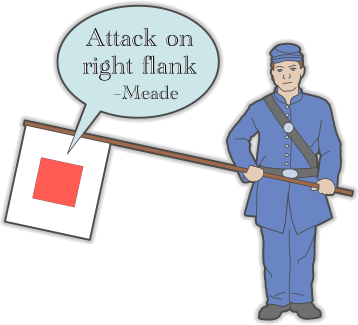
The Battle of Gettysburg represented perhaps the first time in military history that the commanding general of a large army could communicate with his corps and division commanders during active operations due to the use of the Signal Corps. The Union Signal Corps was stationed at Little Round Top. The Confederate Signal Corps used the cupola of the Lutheran Seminary.
Signal messages were sent by means of flags, torches, or lights, by combinations of three separate motions.
More than 2,000 signalmen served at the front (during the Civil War as a whole).
Questions:
How many different characters and emoticons do you use to communicate when you text?
If you had to develop a distinct system of signal flags to communicate with your friends, how many would you make?
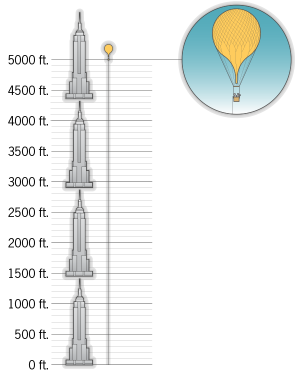
Although the balloon corps was disbanded prior to the Battle of Gettysburg, hot air balloons were used by both the Union and the Confederate troops during the Civil War to provide battlefield intelligence.
The Union fleet consisted of the Intrepid, Constitution, United States, Washington, Eagle, Excelsior, and the original Union. The balloons ranged in size from 32,000 cubic feet down to 15,000 cubic feet. Each had enough cable to climb 5,000 feet (1524 meters). They could carry between 3 and 5 people.
The Empire State Building is 1454 feet, so the balloon lifted them about 3 and a half times as high as the Empire State Building!
Questions: Five thousand feet is how many times the height of your home?
How many cubic feet of hot air does it take to lift one person?
How much energy does it take to heat that air?
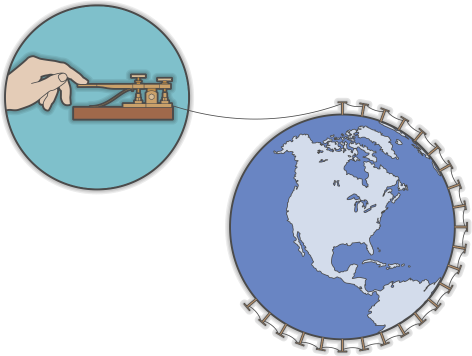
During the Civil War more than 15,000 miles of telegraph lines were built for military purposes.
It’s 24,900 miles around the world so that is nearly half way around the world.
During the Civil War, there were more than 300 casualties among those who operated the telegraphs for the war effort.
Questions:
If you connected all the wires inside your house, how long do you estimate the combined length would be?
Would people need wires to communicate for such a battle today?
What would they use?
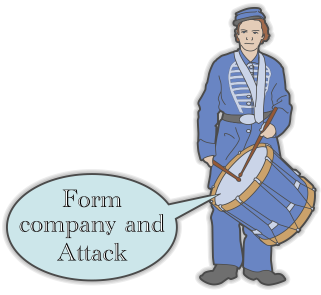
20,000 to 30,000 drummers served during the Civil War. Each regiment of infantry was supposed to have 10 drummers (and 10 fifers).
Drummers beat a cadence for marching soldiers, but they also used various drumbeats to communicate signals between commanders and troops that could be heard above the sounds of battle.
Questions: What kinds of audio signals communicate messages or warnings to us today?
Who else uses audible signals to communicate?
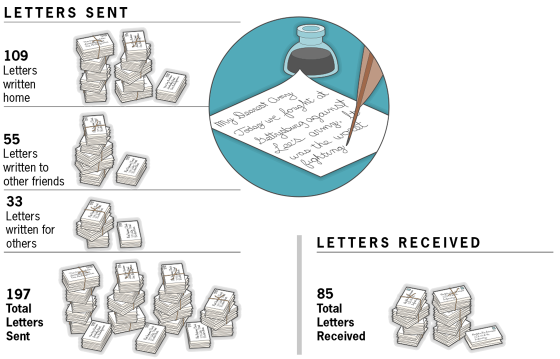
Soldiers wrote letters home. Union soldiers could send their letters for free by writing “Soldier’s Letter” on the envelope.
On the Union side, many regiments sent out an average of 600 letters per day.
About 45,000 pieces of mail per day were sent through Washington D. C. (the East) and almost twice that through Louisville, KY (the West).
A soldier who kept track of his own outgoing mail reported that in 1863 he sent 109 letters to "homefolk," 55 letters to other friends and another 37 letters were written by him for fellows who could not write. He received 85 letters in return.
The Federal postal service processed around 8 million letters per month. Most Civil War soldiers received their mail within 2 weeks of it being sent. On the Confederate side, letters cost 5 cents to send up to 500 miles, and 10 cents to send more than 500 miles. Soldiers could, however, send letters postage due.
NEXT

Question: How much of a soldier’s pay did he have to spend to send a letter home over 500 miles every day?
START
Close x |
TeachersFirst.com ⋅ Thinking Teachers Teaching Thinkers® ⋅ Copyright © 1998-
Warning: date(): It is not safe to rely on the system's timezone settings. You are *required* to use the date.timezone setting or the date_default_timezone_set() function. In case you used any of those methods and you are still getting this warning, you most likely misspelled the timezone identifier. We selected the timezone 'UTC' for now, but please set date.timezone to select your timezone. in /usr/www/users/teachers/teachersfirst.com/gettysburg/communications.php on line 325
2024 by The Source for Learning, Inc. All rights reserved.


